In the ever-evolving digital landscape, the rise of no-code and low-code platforms has dramatically reshaped the way businesses build and deploy software. Tools like Bubble, Webflow, and OutSystems empower non-technical users to design, launch, and scale applications without writing a single line of code — or with minimal developer input. This shift has led some to question: Is traditional development becoming obsolete?
Let’s break this down.
🔧 The Power of No-Code and Low-Code
Low-code/no-code platforms are undeniably game changers. They enable startups, small businesses, and even large enterprises to:
- Rapidly prototype digital products
- Test MVPs without huge upfront investments
- Automate internal workflows easily
- Bridge gaps between business teams and tech teams
In fact, according to Gartner’s 2024 Trends on Low-Code Platforms, over 70% of new applications developed by enterprises will use low-code or no-code technologies by 2025.
Forbes Tech also highlights how these platforms democratize development and allow business-minded individuals to take ownership of their tools and solutions — something once exclusively reserved for developers.
🧠 But… Here’s Where It Gets Tricky
While the no-code/low-code movement is powerful, it doesn’t replace traditional development in every case.
Here’s when you still need a solid dev team (like MP Nerds) on your side:
1. Complex Business Logic or Integrations
No-code tools are great for simpler applications. But when your project involves intricate systems, real-time processing, or complex third-party integrations — low-code can hit a wall.
2. Scalability and Performance Needs
If you're anticipating high traffic, multi-user platforms, or extensive backend operations, custom-built systems provide the control and optimization you need.
3. Security and Compliance Requirements
Highly regulated industries (like finance or healthcare) often require security protocols and audits that no-code tools may not fully support. A custom approach ensures data handling aligns with industry standards.
4. Full Customization and Ownership
Many no-code platforms come with platform lock-in — meaning your project is tied to their ecosystem. With traditional or hybrid development, you own your code and control every aspect of your product.
🧩 The Hybrid Future: Best of Both Worlds
At MP Nerds, we don’t pit traditional development against no-code/low-code — we embrace a hybrid model. We help clients:
- Start fast with no-code MVPs
- Migrate to custom code when they scale
- Integrate no-code tools into larger custom systems
- Ensure technical strategies align with long-term goals
Sometimes, a low-code form builder is exactly what your internal HR team needs. Other times, a complex logistics platform with advanced tracking requires fully custom APIs and databases. We guide you through these choices — transparently and strategically.
🚀 In Conclusion: Development Isn’t Dead — It’s Evolving
The no-code/low-code revolution is not the end of traditional development — it’s the beginning of a more flexible, efficient, and inclusive development landscape. And in this evolving world, knowing when to use what is critical.
That’s where MP Nerds steps in.
We’re not just coders. We’re your strategic tech partners, helping you build, integrate, and scale with the right tools — whether they involve zero code or millions of lines.
👉 Curious where your project fits? Let’s talk: mpnerds.com
🔗 Referenced Links:
- Gartner on Low-Code Platforms
- Forbes Tech: No-Code/Low-Code Redefining Development
- Bubble.io
- Webflow
- OutSystems
Want us to break down your next tech idea into the perfect balance of no-code simplicity and custom power?
Let’s make your idea a reality — no matter the code count.






